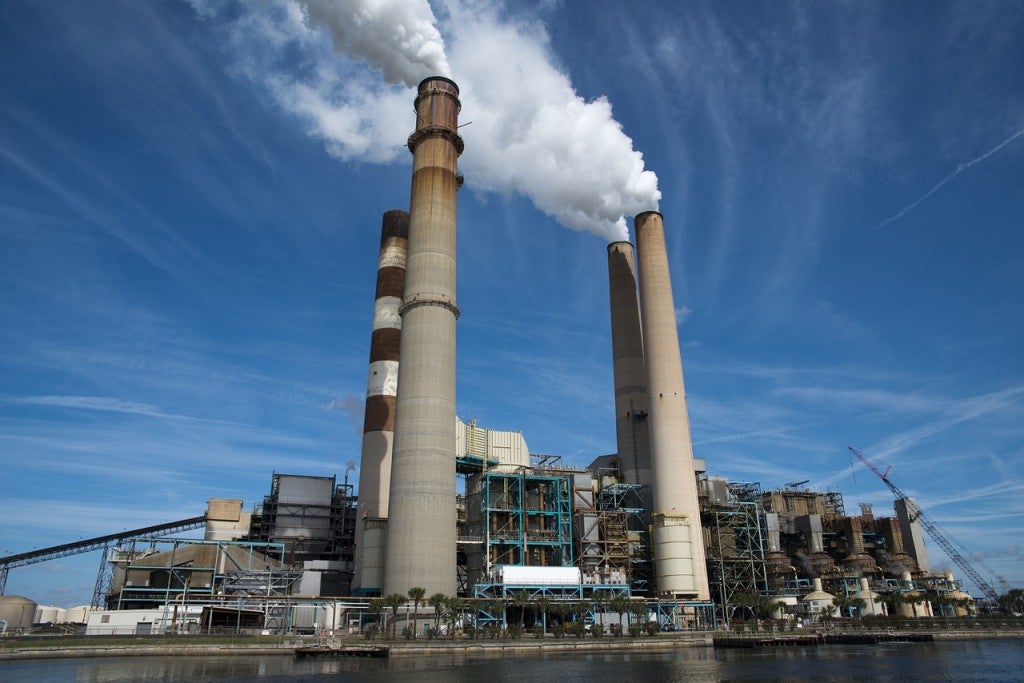
My daughter on a hike in the Texas Hill Country.
I am a mom. It’s not the only descriptor I use for myself, but it’s up there at the top. My daughter is three years old. She loves to play outside and hug trees and chase birds and go fishing with her daddy.
I am also a clean energy and climate advocate. My weekdays consist of trying to convince Texas policymakers to take action on climate change, and I sometimes think negotiating with statewide officials is harder than negotiating with a “threenager.”
As parents, our daily lives consist of a million things we have to do to keep the kids fed, dressed, and out of harm’s way. Can’t someone else worry about climate change? The problem with that perspective is, although moms and dads may differ politically, our desire to see our kids grow up happy and healthy is universal. But if enough of us make small changes in our lives and raise our voices on climate and clean energy issues, those actions can add up to a big solution.
Climate change and life as we know it
When a problem seems overwhelming, as climate change often does, it’s helpful to break it down into relatable pieces. Let’s think about how climate change affects our everyday activities with our children.
For example, my daughter and I start the day with breakfast. She has oatmeal with blueberries every day. Oats and blueberries are generally grown in cooler climates (Russia is by far the largest oat producer in the world). Crops depend on specific climatic conditions, and as the climate changes, we will likely have to move our centers of production, disrupting ecosystems and making further changes to our natural environment. It’s a complicated issue to break down because, in some cases, increased levels of carbon dioxide could increase crop yields, but at the expense of other crops. And as temperatures increase, we are likely to see more droughts and extreme weather, risking damage to our agricultural system. The fate of their favorite breakfast food relies on a healthy, dependable climate.
In the summer, sometimes we go to the pool. Will cities be able to justify keeping public pools open when there is chronic drought?
Other afternoons we may go the playground. Before heading out, I check the weather. In Texas that means hot and dry in the summer, but I also have to be concerned about Ozone Action Alerts – that is, days when air quality is dangerous for vulnerable populations, which includes children, whose lungs are still developing. Multiply that effect on children who are already suffering from health problems, such as asthma. On those days, it’s better for us to play inside. Climate change – which is closely tied to and influenced by air pollution and ozone – may mean we see more dangerous air quality days, and less opportunity to enjoy the playground.
These are just a few examples of how a changing climate spells differences for our kids’ everyday lives.
What action can you take?
- Choose 5 reasonable actions: Parents can make choices that are less carbon-intensive – EPA has a great, practical webpage on things you can do to help with your impact on climate change. My advice: take a quick look and pick five things you and your family can do that are reasonable. Once you’ve got those nailed, try another five. It all adds up.
- Show your political support: Your elected officials and their appointees need to know that parents are concerned about the air their children breathe and the water they drink and play in. Unfortunately, politicization of climate change has made every forward-moving action a struggle. But parents are constituents, and political leaders will listen if enough of their constituents come to them. For instance, you can support the Clean Power Plan, new standards that place limits on carbon pollution from existing power plants in the U.S. for the first time ever. Phasing out coal would be a positive step for the cardiovascular and respiratory health of our children.
- Get organized with other parents who care: You can join Moms Clean Air Force, a special project of Environmental Defense Fund and a community of parents that organize and support action to protect little lungs from pollution. Moms Clean Air Force recently opened a Texas chapter, and you can find out more here.
Even though it is my job, sometimes I feel overwhelmed by the enormity of climate change. Then I look at my three year old, full of hope, energy, and imagination, and it is crystal clear to me why I should continue to care and fight for action on climate change. I need to show her that – even in the face of such odds – we all have an obligation to think bigger than ourselves.
Let this be the moment that you take action on issues that threaten your kids’ health and the health of the planet, whether through lifestyle changes, support of advocacy organizations like Moms Clean Air Force, or support of government action, like the Clean Power Plan.
Lately my daughter has been very interested in learning about space. When we ask her what her favorite planet is, she says, “Earth. Because it is our home and it has lots of water.” I owe it to her – and I believe every parent owes it to our children and all the children of this planet to protect it.
This post originally appeared on our Texas Clean Air Matters blog.















